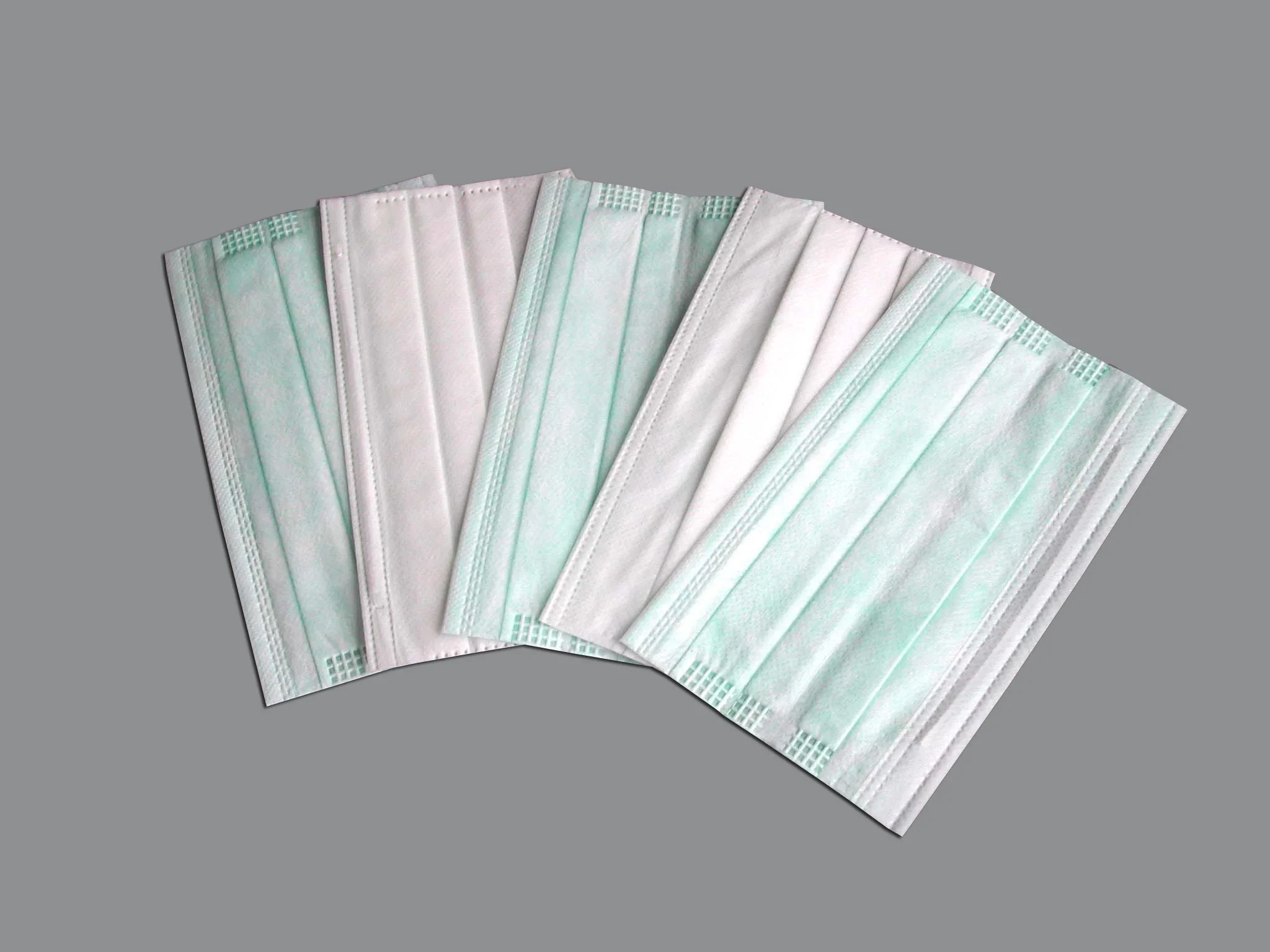The Advantages of Full Automatic Face Mask Making Machines
Full automatic face mask making machines have revolutionized the manufacturing process of face masks, offering numerous advantages over traditional manual methods. These machines are equipped with advanced technology and automation features that streamline the production process, ensuring high-quality masks are produced efficiently and effectively. In this article, explores the various advantages of full automatic face mask making machines, their operational processes, and their impact on the mask production industry.
Understanding Full Automatic Face Mask Making Machines
What Are Full Automatic Face Mask Making Machines?
Full automatic face mask making machines are advanced systems designed to produce surgical and disposable face masks with minimal human intervention. These machines automate the entire production process—from material feeding to mask cutting and packaging—ensuring high efficiency and consistency.
Key Components of Automatic Mask Making Machines
Material Feeding System: Automatically feeds rolls of non-woven fabric into the machine.
Nose Wire Insertion: Integrates a nose wire into the mask for a snug fit.
Mask Forming Unit: Folds and welds the mask layers together.
Cutting Mechanism: Cuts the formed masks into individual pieces.
Ear Loop Welding: Attaches elastic ear loops to secure the mask on the wearer’s face.
Control System: Monitors and controls the entire production process for optimal performance.

Advantages of Full Automatic Face Mask Making Machines
1. High Production Efficiency
One of the most significant advantages of full automatic face mask making machines is their ability to produce masks at high speeds. Depending on the model, these machines can manufacture between 80 to 200 masks per minute, drastically increasing productivity.
Continuous Operation: These machines can run continuously without breaks, maximizing output.
Reduced Labor Costs: Automation significantly lowers labor costs by minimizing the need for manual intervention.
2. Consistent Quality
Quality control is paramount in mask production, especially for medical-grade masks. Full automatic machines ensure that each mask produced meets stringent quality standards through precise control over every aspect of the manufacturing process.
Uniformity: Automated processes eliminate variations that can occur with manual production methods.
Reduced Human Error: By minimizing human involvement, these machines reduce the likelihood of defects caused by operator error.
3. Flexibility and Customization
Modern full automatic face mask making machines offer flexibility in production, allowing manufacturers to switch between different types of masks with ease. This adaptability is essential in responding to changing market demands.
Multiple Mask Types: Many machines can produce various styles, including surgical masks, N95 respirators, and other protective gear.
Customizable Features: Manufacturers can adjust parameters such as mask size, layer thickness, and ear loop design based on specific requirements.
4. Enhanced Safety Measures
In light of recent health challenges, safety has become a top priority in mask production. Full automatic face mask making machines incorporate several safety features that protect both workers and consumers.
Minimized Human Contact: Automation reduces direct human contact with materials, decreasing contamination risks.
Built-in Safety Protocols: Many machines are equipped with sensors and alarms that monitor operational safety and alert operators to potential issues.
5. Cost-Effectiveness
While the initial investment in full automatic face mask making machines may be substantial, the long-term savings are significant. The combination of high output rates and reduced labor costs leads to lower overall production expenses.
Economies of Scale: Increased production capacity allows manufacturers to benefit from economies of scale.
Lower Material Waste: Precise cutting and welding processes minimize material waste during production.

The Operational Process of Full Automatic Face Mask Making Machines
Step-by-Step Production Workflow
Material Feeding: Rolls of non-woven fabric are loaded into the machine’s feeding system.
Nose Wire Insertion: A nose wire is automatically inserted into the upper part of each mask for better fitting.
Mask Forming: The fabric is folded over itself and welded together using ultrasonic technology.
Cutting: The formed masks are cut into individual pieces according to specified dimensions.
Ear Loop Attachment: Elastic ear loops are welded onto both sides of each mask for secure wearability.
Quality Control: Each batch undergoes quality checks to ensure compliance with safety standards.
Packaging: Finished masks are automatically packaged for distribution.
Advanced Technology Integration
Many modern full automatic face mask making machines come equipped with advanced technologies such as:
Touchscreen Interfaces: User-friendly interfaces allow operators to easily monitor production metrics and adjust settings as needed.
Real-Time Data Analytics: Some systems provide real-time data analytics to optimize production efficiency and track performance metrics.

Applications Beyond Medical Use
While primarily designed for medical applications, full automatic face mask making machines have found utility in various other sectors:
1. Industrial Applications
In industrial settings where dust protection is essential, these machines can produce masks suitable for factory workers or construction sites.
2. Consumer Products
With growing awareness around personal hygiene, there is an increasing demand for fashionable cloth masks that can be produced using similar technology adapted for consumer markets.
3. Emergency Preparedness
Governments and organizations can utilize these machines to quickly ramp up production during health emergencies or natural disasters when protective gear is urgently needed.

Conclusion
Full automatic face mask making machines represent a significant advancement in manufacturing technology that addresses both current needs and future demands in the protective equipment market. Their ability to produce high-quality masks efficiently while minimizing labor costs makes them indispensable tools for manufacturers worldwide.By embracing this technology, manufacturers can position themselves competitively within an ever-changing landscape while contributing positively to public health initiatives globally.




